COURSE OVERVIEW
DE0121 : Seismic Velocities and Depth Conversion - SVDC
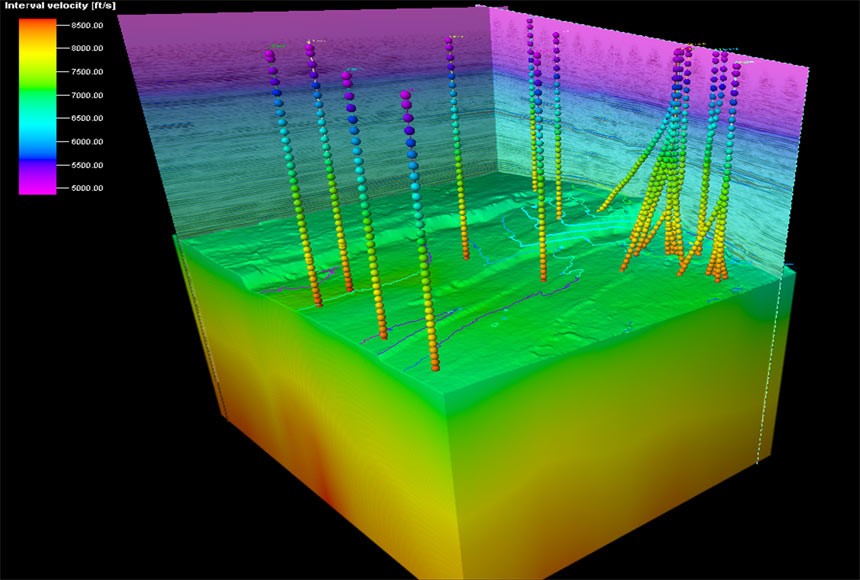
OVERVIEW
| COURSE TITLE | : | DE0121 : Seismic Velocities and Depth Conversion - SVDC |
| COURSE DATE | : | Nov 03 - Nov 07 2025 |
| DURATION | : | 5 Days |
| INSTRUCTOR | : | Mr. Ron Guney |
| VENUE | : | Abu Dhabi, UAE |
| COURSE FEE | : | $ 8000 |
| Request For Course Outline | ||
Course Description
This practical and highly-interactive course includes real-life case studies and exercises where participants will be engaged in a series of interactive small groups and class workshops.
Creation of shareholder value should be at the heart every business decision. This course is designed for technical professionals in the petroleum industry who want to understand the nature of Seismic Data as it is acquired in time - the time taken for the sound to travel from the source to reflectors and to return to receivers. However, wells are drilled in depth, not time. Variations in velocity can distort the depth, size, and shape of possible reservoirs. Therefore, conversion from time to depth is needed for a clear picture of the prospect and the risks involved.
This course will teach you how to use velocity information and structural inputs to build a consistent velocity model and/or calibrate ones that have been created during seismic data processing.In the last decade or two, large strides have been made in seismic processing, especially in PreStack Depth Migration. Routinely used advanced migration algorithms now require more accurate velocity models.
Better tools have been developed to ascertain the velocity, and more time and effort are now spent in velocity analysis by the seismic processors. This has greatly improved current velocity models. The interpreter, however, still needs to know how the models are made, how to quality control them, and how to modify and correct them when needed. This class is designed for the interpreter so that he or she understands the theory and practice of how to estimate depths from older time-migrated data, as well as how to quality control (QC) and calibrate newer PSDM data. Also covered in this class are when to reprocess the data and how to communicate with the processor in order to produce the best velocity model and depth image.
As a foundation class, the instruction starts with the basics and proceeds to more complex topics. The student should have a basic understanding of geophysics such as offered in any basic geophysics course. Little advanced math (calculus) is used, but algebra and lots of diagrams are applied to explain the needed concepts. One personal computer will be provided, for each two participants. Each section of the course is supported with in-class exercises included on a USB flash drive (given to each participant) that contains the exercises and all needed data and software.
TRAINING METHODOLOGY
This interactive training course includes the following training methodologies:
LecturesPractical Workshops & Work Presentations
Hands-on Practical Exercises & Case Studies
Simulators (Hardware & Software) & Videos
In an unlikely event, the course instructor may modify the above training methodology for technical reasons.
VIRTUAL TRAINING (IF APPLICABLE)
If this course is delivered online as a Virtual Training, the following limitations will be applicable:
| Certificates | : | Only soft copy certificates will be issued |
| Training Materials | : | Only soft copy materials will be issued |
| Training Methodology | : | 80% theory, 20% practical |
| Training Program | : | 4 hours per day, from 09:30 to 13:30 |
RELATED COURSES
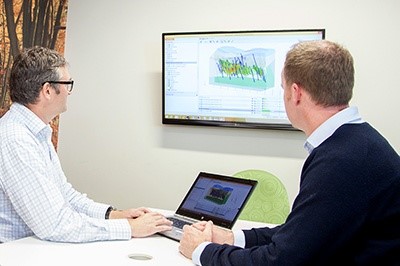
DE0271 : Petrel Uncertainty and Optimization
- Date: Dec 21 - Dec 25 / 3 Days
- Location: Doha, Qatar
- Course Details Register
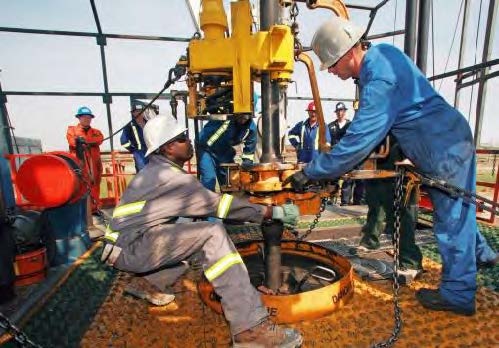
DE0111 : Advanced HPHT Well Intervention Operation
- Date: Dec 21 - Dec 25 / 3 Days
- Location: Doha, Qatar
- Course Details Register
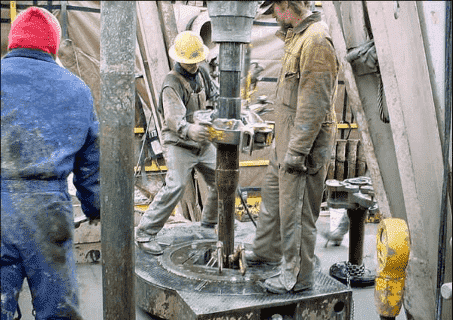
DE0100 : Workovers & Completions
- Date: Dec 21 - Dec 25 / 3 Days
- Location: Muscat, Oman
- Course Details Register
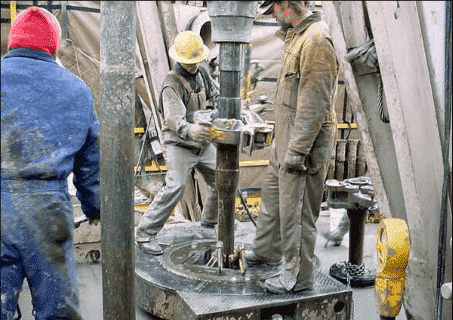
DE0100 : Well Completion Design & Operations, Well Stimulation and Workover Planning
- Date: Dec 21 - Dec 25 / 3 Days
- Location: Muscat, Oman
- Course Details Register
